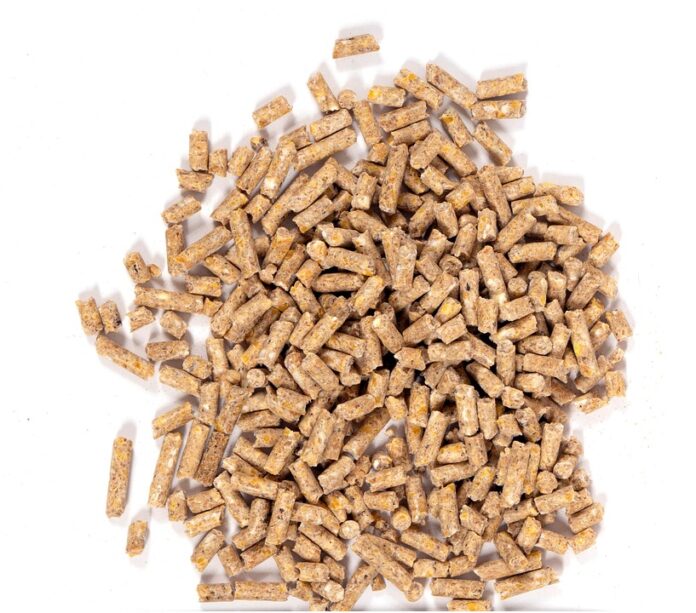Introduction
Sheep feed storage systems play a crucial role in ensuring the quality and availability of feed for sheep farmers. Bulk handling and moisture control are key aspects of these systems that can greatly impact the efficiency and effectiveness of feeding operations. In this report, we will delve into the importance of these factors and explore how they can be optimized in sheep feed storage systems.
Bulk Handling in Sheep Feed Storage Systems
Benefits of Bulk Handling
Bulk handling refers to the storage and handling of feed in large quantities, typically in silos or bins. This method offers several advantages for sheep farmers, including reduced labor costs, improved feed quality, and increased efficiency in feeding operations. By storing feed in bulk, farmers can minimize the need for manual handling and reduce the risk of contamination or spoilage.
Types of Bulk Handling Systems
There are various types of bulk handling systems available for sheep feed storage, including upright silos, horizontal silos, and hopper bins. Each system has its own advantages and disadvantages, depending on factors such as farm size, feed type, and budget constraints. Upright silos are commonly used for storing grains and pellets, while horizontal silos are ideal for silage and haylage. Hopper bins are versatile options that can accommodate different types of feed.
Industry Insights
According to industry data, the global market for bulk handling systems in agriculture is projected to reach $3.4 billion by 2025, with a compound annual growth rate of 4.5%. This growth can be attributed to the increasing demand for efficient storage solutions in the agricultural sector, driven by factors such as rising food production and changing farming practices.
Moisture Control in Sheep Feed Storage Systems
Importance of Moisture Control
Moisture control is critical in sheep feed storage systems to prevent mold growth, spoilage, and nutrient loss. Excess moisture in feed can lead to the growth of harmful bacteria and fungi, which can pose health risks to sheep and reduce feed quality. By maintaining optimal moisture levels, farmers can ensure the longevity and nutritional value of their feed.
Methods of Moisture Control
There are several methods available for controlling moisture in sheep feed storage systems, including proper ventilation, use of desiccants, and monitoring humidity levels. Ventilation is essential for preventing condensation and promoting air circulation within storage facilities. Desiccants, such as silica gel or activated alumina, can be used to absorb excess moisture in feed. Monitoring humidity levels with hygrometers or moisture meters can help farmers maintain the ideal conditions for feed storage.
Financial Data
Investing in moisture control measures for sheep feed storage systems can yield significant cost savings in the long run. According to financial estimates, farmers can reduce feed wastage by up to 20% by implementing effective moisture control strategies. This translates to potential savings of thousands of dollars annually, making it a worthwhile investment for sheep farmers.
Conclusion
In conclusion, bulk handling and moisture control are essential components of sheep feed storage systems that can significantly impact feed quality, efficiency, and cost-effectiveness. By implementing these strategies effectively, farmers can improve the overall productivity and profitability of their sheep farming operations. With the right systems in place, sheep farmers can ensure a steady and reliable food supply for their livestock while minimizing waste and maximizing returns on investment.




